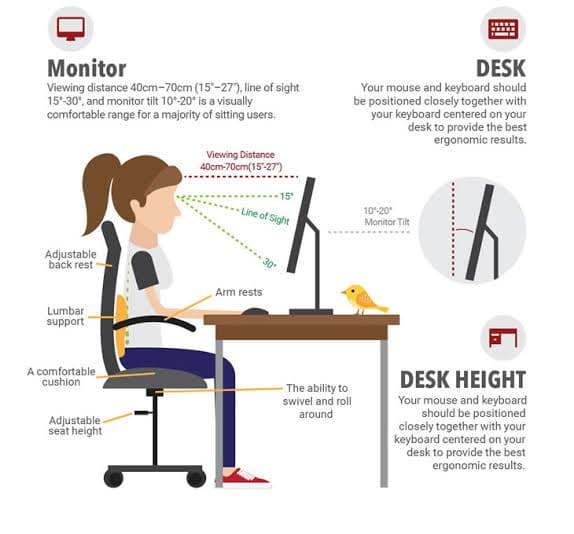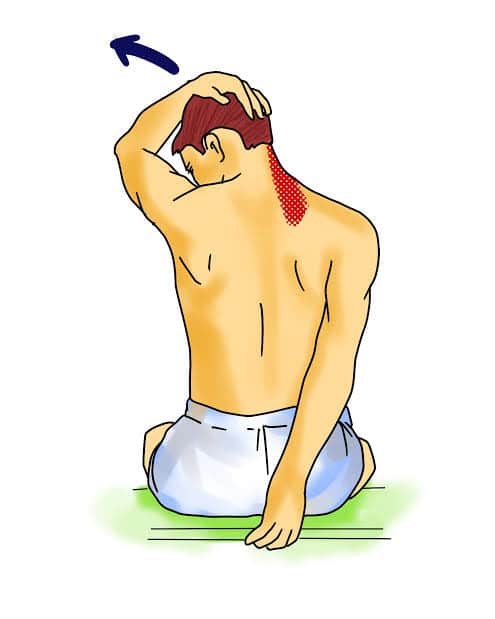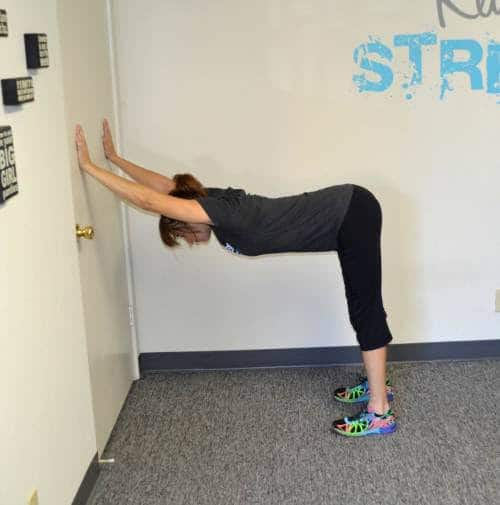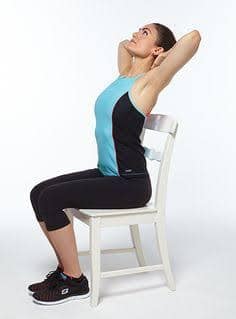Working from home during peak COVID time was great. But now that everyone is returning back to the office, many individuals are experiencing headaches and associated neck/shoulder tightness.
Don’t worry though! This blog is going to explain why these headaches occur in the first place, what you can do to prevent headaches from occurring, or if you are experiencing headaches already, what you can do to start to get rid of these headaches.
What is a headache?
There are many different types of headaches.
Tension-type headache (TTH) is one of the most common (prevalent) forms of headache. The pain is typically felt on both sides of the head rather than just occurring on one side of the head and causes a sensation of pressing or tightening.
The headaches are of mild to moderate intensity and are not aggravated by routine exercise such as walking. While tension headaches do not cause nausea, many people report sensitivity to light and sound. Headaches last between 30 minutes to seven days.
What causes headaches?
The two biggest causes of headaches are poor posture and work ergonomics.
Poor posture causes the upper back, neck, and shoulders to be positioned in a way that causes tightening of the muscles around this area. When you are sitting in this poor posture for ~8 hours a day, this tension will accumulate and eventually cause an uncomfortable headache.
Work Ergonomics and Poor Posture
Forward neck:
When your monitor or laptop is too far forward from your head in your workstation, this will cause your neck to poke forward over time. Another common cause of this poor posture is if you sit too far back from the desk.
Rounded shoulders:
Similar to forward neck, when your monitor or laptop is too far forward, you may find yourself slouching or ‘hunching’ over the desk to get into a more comfortable position. Sitting in this position causes muscle weakness in our upper back/shoulders, and excessive tension into the neck/shoulders.
Raised shoulders:
When your laptop or monitor position is too high up, you may find yourself needing to shrug your shoulders up or bending your neck backwards to compensate. Another culprit is if you are sitting too low in your workstation and resting your elbows on the desk at the same time. In both scenarios, this will cause the neck and shoulder muscles to accumulate excessive tension which will eventually cause a headache.

The solution (refer to image below):
Reposition the monitor so that it is roughly one arm’s length away from your body. Raise the monitor so that your eyes are in line with the top third of the screen when you look straight ahead.
Sit on an adjustable height swivel chair, ensuring that both feet are resting flat on the ground and the front of the seat is not pressing on the back of the knees.
Keep your elbow close to the body and your upper back straight.

What do I do if I am already getting headaches?
If you are feeling headaches already, it is vital to incorporate targeted stretching of your upper back, neck, and shoulder muscles into your daily routine to ensure that the muscle tension that has accumulated has a chance to relax.
There are three main stretches that are effective in reducing the symptoms of headaches and targeting the root cause.
1. Levator Scapulae Stretch (sitting)
- Sitting down on a chair, with one hand on anchoring you down
- Turn your head to the side opposite to the hand that is anchoring you down
- With your free hand, grasp the back of your head and gently pull downwards until you feel a stretch and hold for 30 seconds.

2. Thoracic Extension stretch (sitting)
- Place your hands behind your neck, take a inhale deeply and lean your upper back over the back of the chair. Pause for 2 seconds.
- Exhale while returning to starting position
- Repeat 10 times

3. Latissimus dorsi stretch (standing)
- Stand with your hands against the wall (as shown in image below) keeping your arms and back straight
- Sink your chest down towards the ground until you feel a stretch underneath your apartments and into your upper back
- Hold for 30 seconds

Are you based in Brisbane City? Remember, if you are still unsure or you think you need assistance with preventing or treating your headaches, contact us and let our physiotherapists at Leaders Sports & Spine Physiotherapy assist you today!





